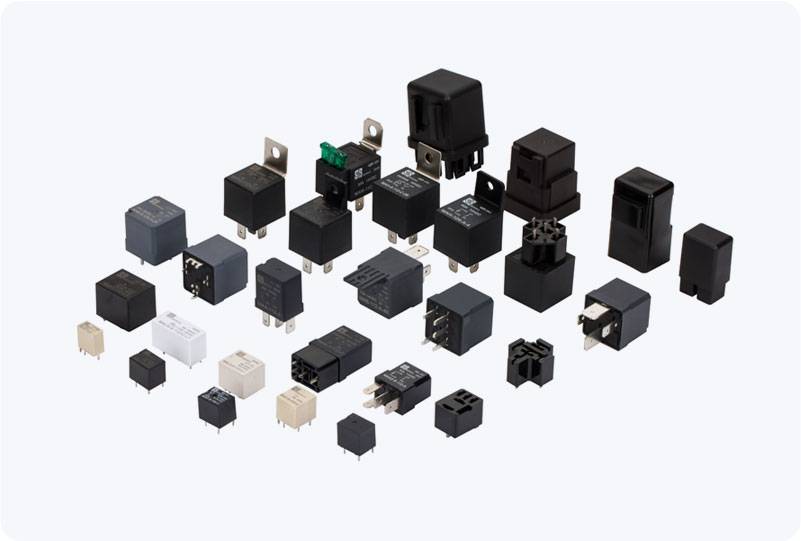understanding sil 3 communication relay: ensuring safety in industrial systems
Release time:2025-05-19 12:24:04
Safety Instrumented Systems (SIS) are a crucial part of modern industrial automation, designed to protect people, equipment, and the environment by mitigating hazardous events. One of the key components in SIS is the Safety Integrity Level (SIL) communication relay, specifically SIL 3 communication relays, which play a critical role in ensuring reliable and fail-safe communication in high-risk environments. These relays are essential for maintaining the integrity of safety systems and preventing catastrophic failures.

What is SIL 3?
SIL is a measure of the reliability of a safety system, defined by the International Electrotechnical Commission (IEC) standard IEC 61508. It represents the probability of failure on demand (PFD) of a system or component. There are four SIL levels, with SIL 1 being the least reliable and SIL 4 being the most reliable. SIL 3 is considered to provide a high level of safety, with a PFD of 10^-3 to 10^-4, indicating that the system will fail to perform its safety function no more than once in a thousand to ten thousand demands.
In the context of communication relays, SIL 3 means that the relay is designed to operate with high reliability and minimal risk of failure, ensuring that critical safety information is transmitted accurately and without interruption. This level of reliability is particularly vital in industries such as oil and gas, chemical processing, power generation, and other sectors where safety is paramount.

